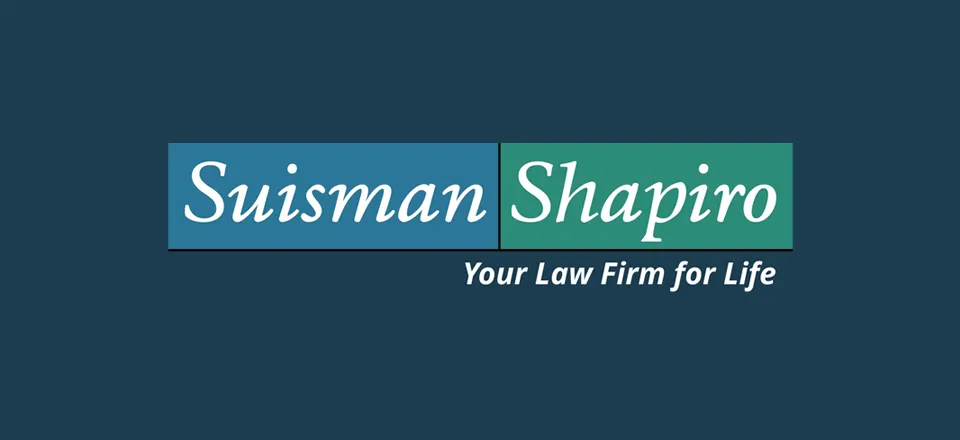Proving fault after a motor vehicle accident

If you have been involved in a car accident in Connecticut, it is very likely that you suffered physical and emotional injuries, leaving you with medical bills. Additionally, you may have had to take some time off work to focus on your recovery, resulting in lost wages. If the accident was more serious, you may be suffering from permanent injuries that will prevent you from working and earning money in the future.
In order to recover compensation to cover your medical expenses, lost wages, loss of earning capacity, pain and suffering, and other accident-related costs, you may have to file a negligence claim against the at fault driver. But how can we establish that another driver is at fault? Generally, proving that another driver was responsible for your motor vehicle accident will require you to establish that the driver was negligent behind the wheel.
Proving fault through negligence
In order for your claim for damages to be successful, you will need to prove that the other driver’s negligence caused the accident and your resulting injuries. To prove negligence, you must show:
- The other driver breached the duty owed to others to safely operate their vehicles.
- The other driver’s breach of duty directly and/or proximately caused your accident.
- You suffered injuries and/or damages because of the accident.
A breach of duty typically involves a failure to follow one or more traffic laws. Speeding, running a stop sign or red light, drunk driving, and distracted driving are all common traffic violations.
Proving that another party was at-fault for your accident is essential to recover compensation after an accident. A personal injury attorney in your area can help file your claim and collect and present the evidence needed to establish the negligence of the other party or parties.


